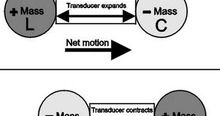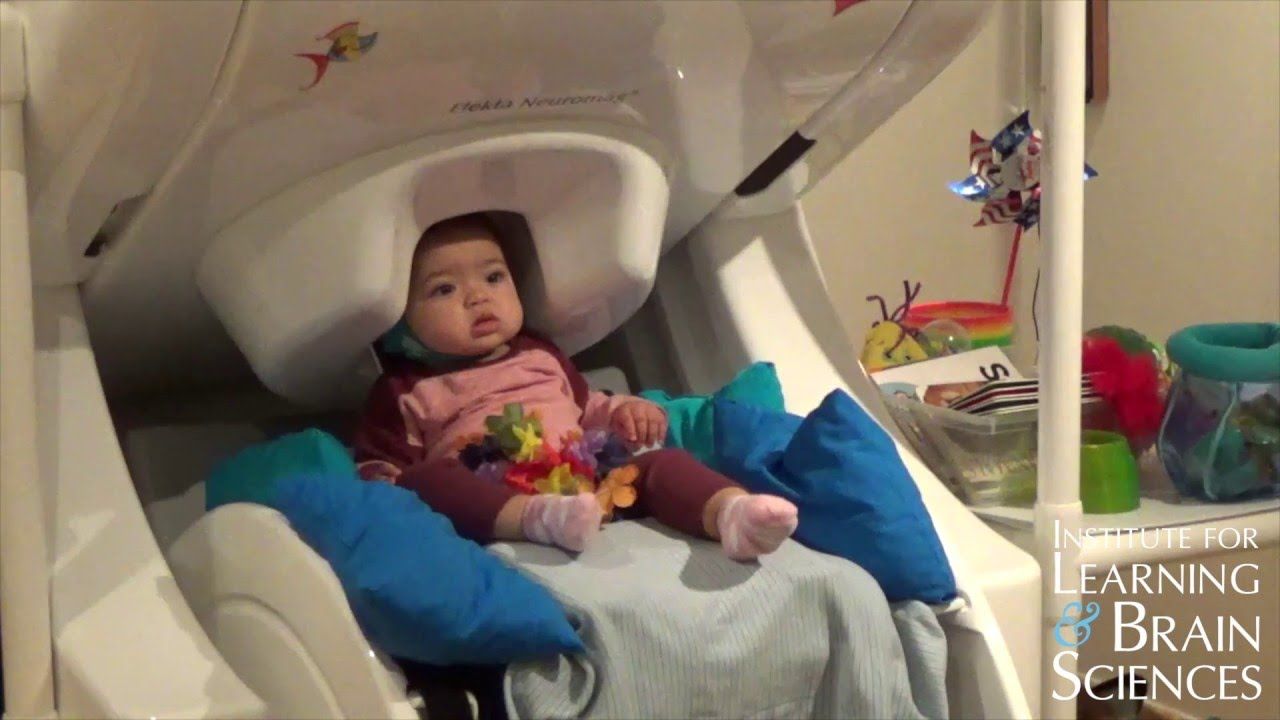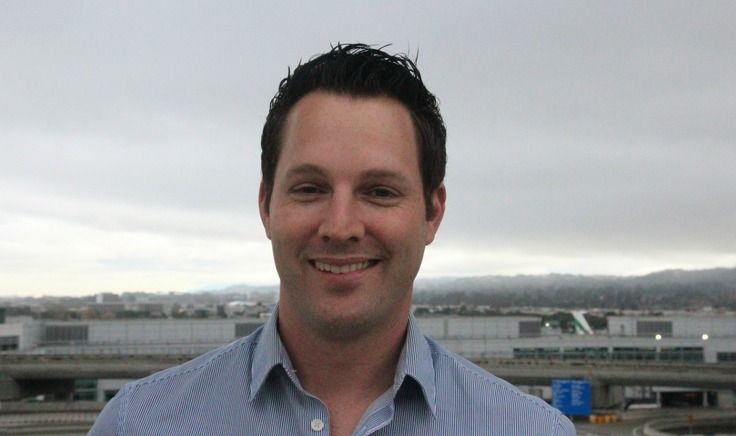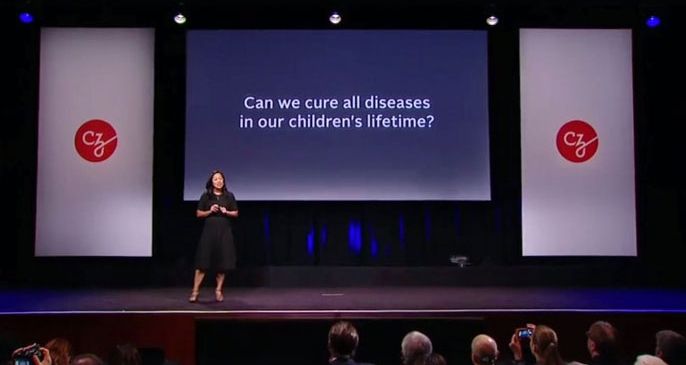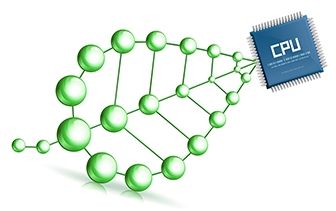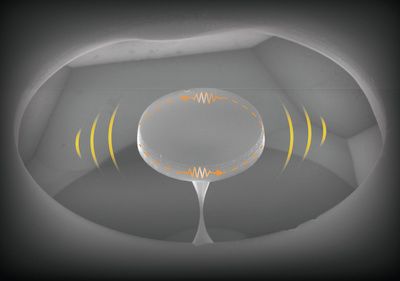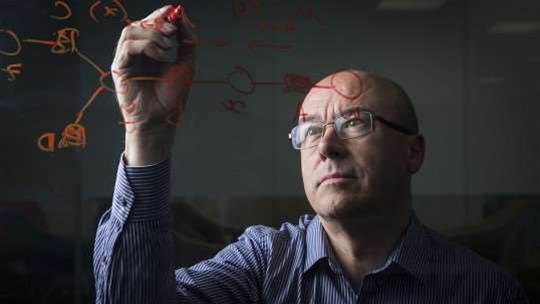Sep 22, 2016
Mach Effect Propulsion Theory Updates
Posted by Klaus Baldauf in categories: information science, particle physics, space travel
Theory of a mach effect thruster I
The Mach Effect Thruster (MET) is a propellant—less space drive which uses Mach’s principle to produce thrust in an accelerating material which is undergoing mass—energy fluctuations. Mach’s principle is a statement that the inertia of a body is the result of the gravitational interaction of the body with the rest of the mass-energy in the universe. The MET device uses electric power of 100 — 200 Watts to operate. The thrust produced by these devices, at the present time, are small on the order of a few micro-Newtons. Researchers give a physical description of the MET device and apparatus for measuring thrusts. Next they explain the basic theory behind the device which involves gravitation and advanced waves to incorporate instantaneous action at a distance. The advanced wave concept is a means to conserve momentum of the system with the universe. There is no momentun violation in this theory. We briefly review absorber theory by summarizing Dirac, Wheeler-Feynman and Hoyle-Narlikar (HN). They show how Woodward’s mass fluctuation formula can be derived from first principles using the HN-theory which is a fully Machian version of Einstein’s relativity. HN-theory reduces to Einstein’s field equations in the limit of smooth fluid distribution of matter and a simple coordinate transformation.
It is shown that if Mach’s Principle is taken seriously, and the inertia of a body can be described as the interaction of the body with the rest of the universe, then the advanced and retarded fields transmitted between the particle and the universe can be used to explain the thrust observed in the Mach Effect drive experiments. This idea was originally put forward by one of the authors, James Woodward. The idea of inertia being a gravitational effect was first postulated by Einstein. In fact Mach’s principle was the foundation on which Einstein’s general relativity was based.
